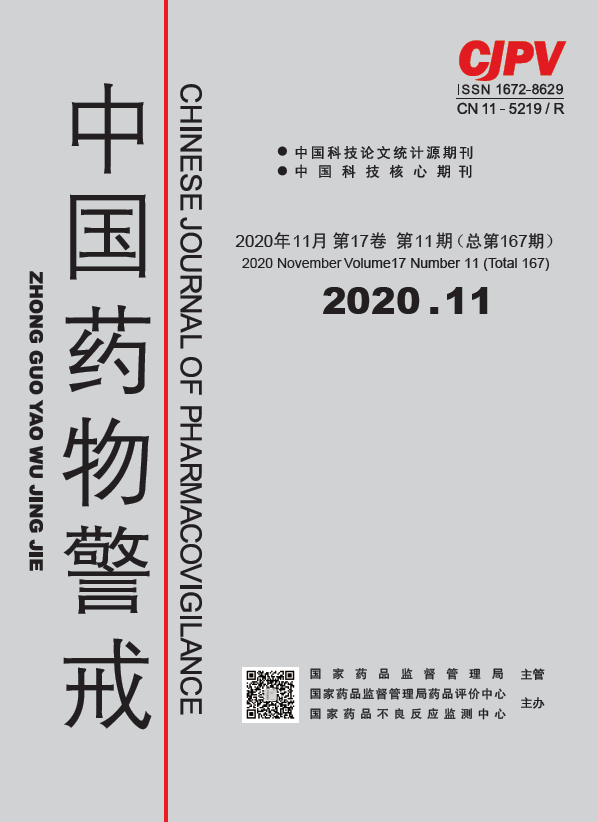|
|
Mechanisms of Genistein for Promoting Bhas42 Cell Proliferation and Transformation
WANG Qi, QI Naisong, LIU Qian, SONG Jie, AO Rui, MA Shuangcheng, WEN Hairuo
2020, 17(11):
758-765.
DOI: 10.19803/j.1672-8629.2020.11.03
Objective To investigate the potential mechanism by which GI promotes cell proliferation and transformation. Methods Bhas42 cells were used to determine the effects of GI at concentrations that could lead to cell transformation (0.1、0.5 and 1μg/mL) on cell cycle, apoptosis, and cytotoxicities (ROS, endoplasmic reticulum function, lipid accumulation, mitochondrial membrane potential, intracellular calcium ion concentration), oxidative stress related indicators (SOD, MDA, GSH, 8-HdG and ODC), expression levels of GJIC related mRNAs (PKC, Cx26, Cx32 and Cx43 ) and expression levels of tumor-related cytokines (1L-6, KC/CXCL1, MCP-1, VEGF-A, VEGF-C, TNF-α, 1L-1β, L-17A, VEGF-D). Results GI could intervene in cell cycle regulation, promote cell proliferation and transformation, and disrupt the function of GJIC. However, oxidative stress is not an important mechanism by which GI causes the proliferation or transformation of Bhas42 cells. Conclusion This study indicates that the cell cycle regulation pathway and GJIC could be the main mechanisms by which GI promotes cell proliferation and transformation.
References |
Related Articles |
Metrics
|
